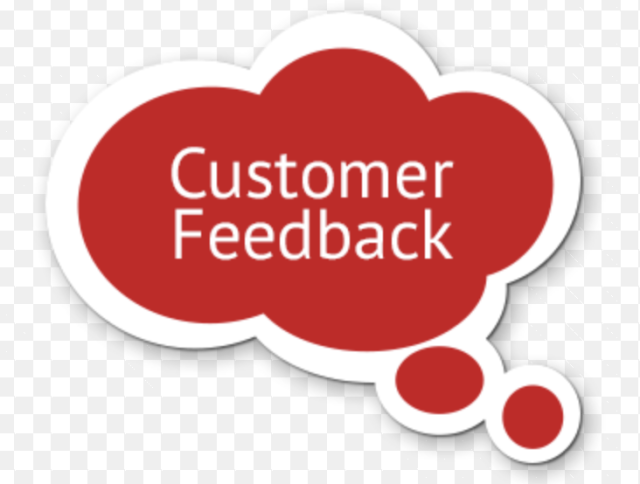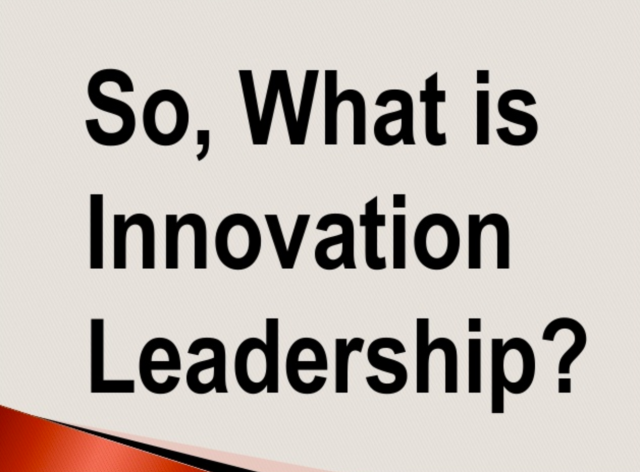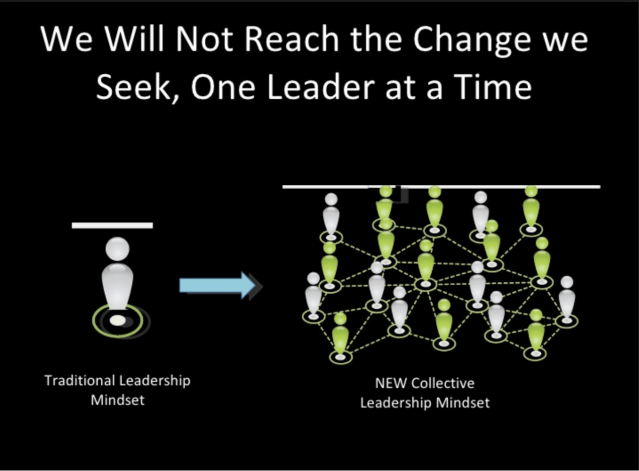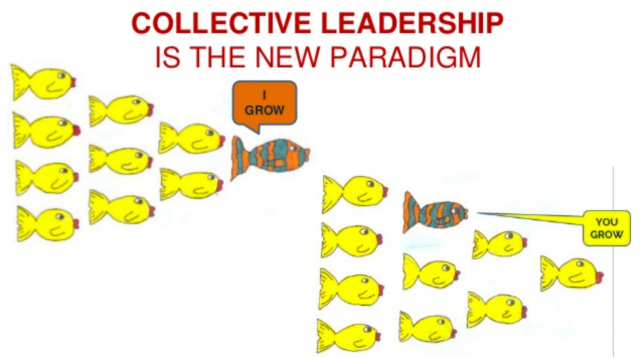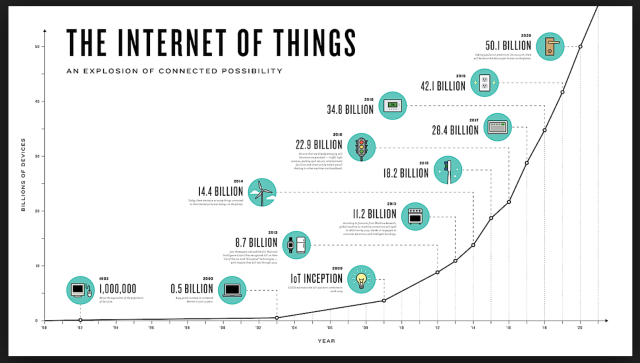
There has been increased chatter on how Chatbots Provide New Opportunities for Self-Service. According to Gartner, by 2020, 30% of web browsing sessions will be done via voice rather than a screen. A new wave of enterprise applications harnessing intelligent virtual assistants will be rolled out in 2017. Speech analytics and speech recognition technology will improve virtual assistants significantly in 2017.
The boundary between digital and physical keeps getting blurrier, and emerging tech like virtual reality and AI-powered chatbots is going mainstream. This is raising the bar for customer experience (CX): It’s becoming not only omni-channel but more multi-sensory and complex to design. To adapt, companies must embrace a design thinking approach focused not on technology but on ease, effectiveness, and emotion.
In his article for The Center for Client Retention (TCFCR), founder and president Richard R. Shapiro offers starting points for converting prospects into customers and fostering customer loyalty via customer experience. As Shapiro points out, customers are impatient and expect answers without a wait, and organizations are turning to chatbots to deliver communications and customize the user experience to address the issue.
Key points from the 2017 Customer Experience Trends:
* Chatbots are not a fad. They deliver a direct, easy channel for communicating with a brand
* Chatbots make logical guesses about customer desires based on their previous actions
* Chatbots address customer questions and requests at a reduced cost per contact
* Chatbots will serve as most customers’ first experience with AI
* As AI develops, it will drive a need for machine learning capabilities to become more emotionally intelligent and pave the way for developing the next generation of digital services
* AI chatbots already enable companies to scale highly personal services that previously were unavailable
* Computers must listen, learn, interpret, and anticipate the customer’s demands and deliver a desired outcome
* Investment in AI will triple in 2017, according to Forrester.
* “You can create the easiest, most effective experience in the world, but unless it has the right emotional quotient – unless it leaves customers feeling the way they need to feel – customers won’t walk away saying the experience was great” ~ Rick Parrish, principal analyst at Forrester
* CX pros use technology more often to deliver emotionally engaging experience
* Acknowledge and pursue the link between emotion and customer loyalty
* Consumer data shows brands do not understand consumer expectations or the positive and negative emotions that result when those expectations are met and broken
* Customers have a more personal and reciprocal relationship with brands today
* According to Forrester, emotion is the number one driver of customer experience, outranking even ease and effectiveness
The delta between those simple-to-build, but anemic in functionality, chatbots and conversational self-service tools designed for real enterprise environments is great. To truly meet a need for enterprise-grade customer service, chatbots must be able to understand what a customer speaks or types, pick out the customer’s actual intent, respond in a conversational manner and maintain the conversational state across multiple back and forths, and act on the customer’s behalf. These chatbot interactions must take place in a secure environment.
Additionally, the chatbot must have a way to seamlessly hand off the interaction to a live agent when it either cannot resolve the customer’s request or when it would frustrate the customer to continue the self-service interaction. Finally, as customers choose to have interactions across multiple channels (phone, chat, web, mobile, messaging, social, etc.), enterprises should be able to deploy their chatbots in multiple channels. Although the idea of truly ‘write once, deploy many” chatbots remains elusive, directionally, this is where enterprise chatbots need to head.
The vendors that offer such enterprise tools range from stalwarts that have been working with virtual agents for more than a decade to startups that have only existed for a little more than a year. Many of the enterprise-grade chatbot vendors mask the complexity of the technology from their clients. The care and feeding of machine learning and natural language understanding tools require expertise and several of the vendors take on this responsibility themselves. They employ the data scientists (and, in some cases, speech scientists) necessary to continually tune the systems and they provide that tuning as part of the service. For some enterprises, this will be a huge boon; for others, this black box approach offloads too much control of a critical function to a third-party. By contrast, other vendors provide brands much more granular control of managing the learning and continuous improvement process. You’ll need to evaluate your own appetite for tackling this work and make that part of your vendor evaluation process.
Do you think chatbots will become increasingly popular in the future of customer services? Please let me know your thoughts through your comments.
Thanks for your time and interest!
Regards,
Shilpa


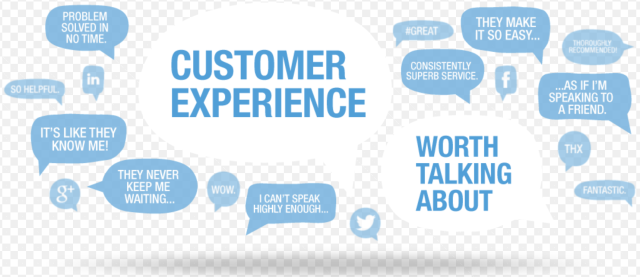
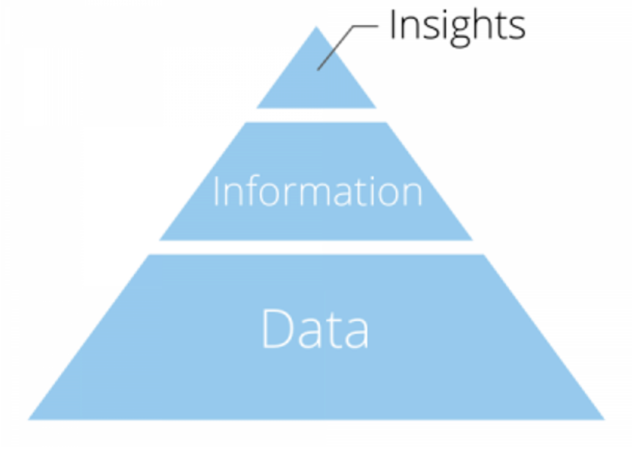 Do you agree that the purchasing decision journey for consumers involves multiple steps? Many of these steps are now being captured, digitized, and transformed into metrics and data. As this data becomes an implied derivative of essential retail and consumer technologies, the focus is shifting from how to acquire the data to how to extract insights from it—insights that can be turned into differentiation and competitive advantage for the retailer and a better shopper experience for the consumer.
Do you agree that the purchasing decision journey for consumers involves multiple steps? Many of these steps are now being captured, digitized, and transformed into metrics and data. As this data becomes an implied derivative of essential retail and consumer technologies, the focus is shifting from how to acquire the data to how to extract insights from it—insights that can be turned into differentiation and competitive advantage for the retailer and a better shopper experience for the consumer.